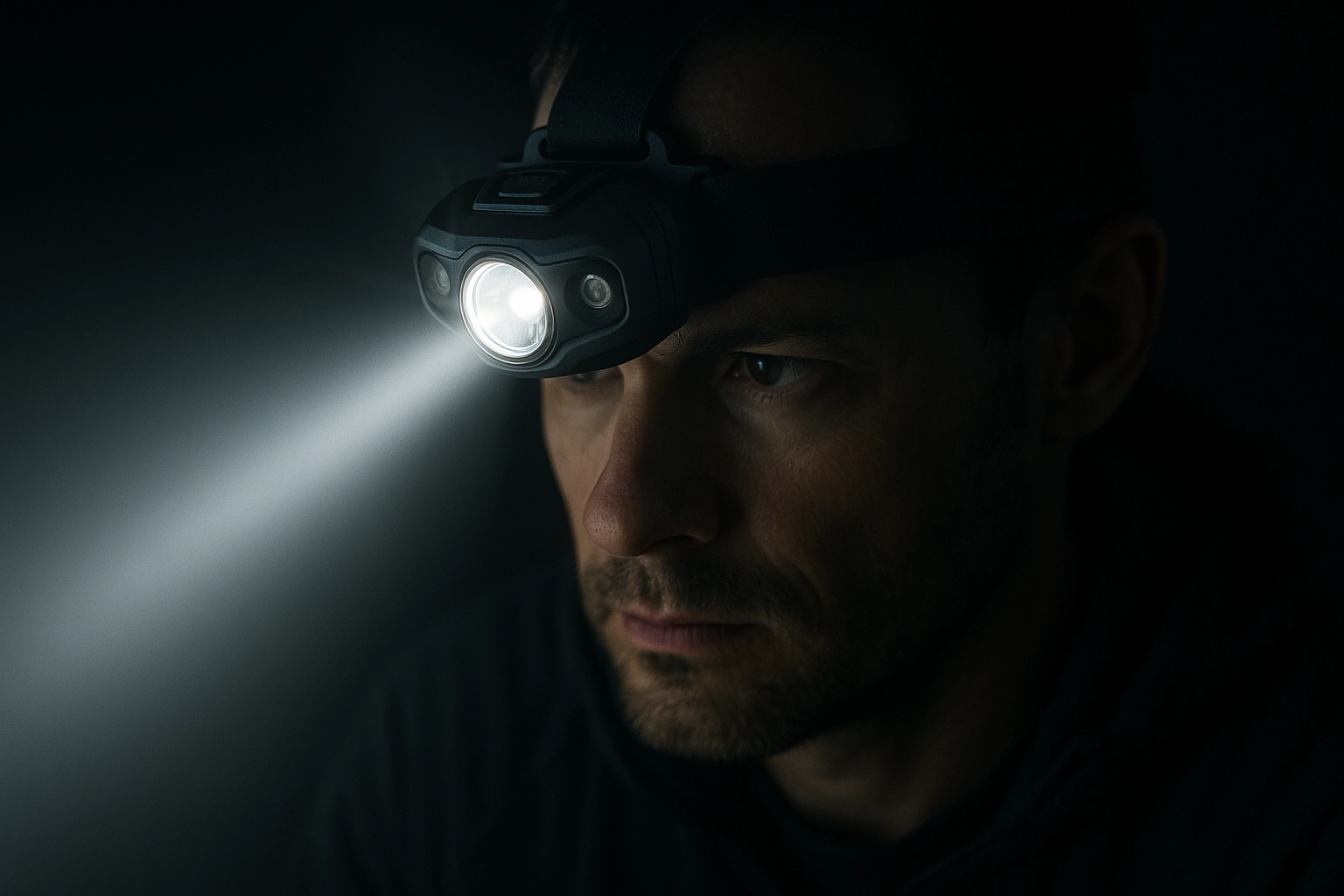IEC 61547 – EMC Immunity Testing of Lighting Equipment
The International Electrotechnical Commission (IEC) standard IEC 61547 is a critical specification for ensuring the electromagnetic compatibility (EMC) immunity of lighting equipment. This testing ensures that lighting products can function correctly in environments with varying electromagnetic interference, thereby enhancing product reliability and performance.
Electromagnetic interference (EMI) can arise from various sources such as electrical devices, machinery, and communication systems. In automotive applications, EMI can lead to malfunctions or failures of lighting equipment, potentially compromising road safety. IEC 61547 addresses these concerns by providing a robust framework for testing the ability of lighting products to maintain functionality under specified electromagnetic interference conditions.
The standard outlines various test procedures aimed at assessing the immunity of lighting devices against conducted and radiated emissions. Conducted emission tests focus on the currents flowing through power lines, while radiated emission tests examine the electromagnetic fields around the device. These tests are crucial for verifying that the equipment meets international standards and can be safely deployed in vehicles.
For automotive applications, IEC 61547 is particularly relevant as it ensures that lighting products meet stringent requirements set by regulatory bodies worldwide. Compliance with this standard helps manufacturers avoid potential recalls or product failures, thus safeguarding both consumer safety and brand reputation.
- Conducted Emissions: Tests to ensure the equipment does not cause interference through conducted emissions.
- Radiated Emissions: Assessments of how much electromagnetic radiation is emitted by the device without causing unacceptable interference.
The testing process involves preparing the lighting specimen according to specific guidelines provided in the standard. This includes ensuring that all connections are secure and that the equipment is properly grounded. The test setup typically comprises an anechoic chamber or a similar environment designed to minimize external electromagnetic interference, allowing accurate measurement of emissions.
After preparation, the testing apparatus applies various levels of conducted and radiated interference as specified in IEC 61547. These tests simulate real-world conditions that lighting equipment may encounter during operation. The results are then analyzed for compliance with the established limits. Compliance is determined by comparing the measured emissions against the permissible thresholds defined in the standard.
Compliance with IEC 61547 is essential for manufacturers aiming to meet regulatory requirements and ensure product reliability. By adhering to this standard, lighting equipment can be confidently used in automotive applications without fear of interference issues. This not only enhances safety but also promotes trust among consumers and stakeholders.
Why Choose This Test
Selecting IEC 61547 – EMC Immunity Testing for your lighting equipment is a strategic decision that ensures product reliability and compliance with international standards. This testing process offers several advantages that make it an indispensable tool in the development of automotive lighting systems:
- Enhanced Reliability: By simulating real-world electromagnetic interference conditions, this test helps identify potential issues early in the design phase.
- Regulatory Compliance: Adhering to IEC 61547 ensures that your lighting equipment meets global regulatory requirements, facilitating smoother market entry and reducing compliance risks.
- Better Product Performance: Testing according to this standard helps improve the overall performance of your lighting products by ensuring they operate efficiently under various environmental conditions.
- Increased Consumer Confidence: Compliance with international standards like IEC 61547 enhances consumer trust, leading to higher satisfaction and loyalty.
In summary, choosing IEC 61547 – EMC Immunity Testing is a proactive approach that supports the development of high-quality lighting equipment suitable for automotive applications. It provides peace of mind by ensuring your products meet stringent standards and can be trusted in real-world environments.
Customer Impact and Satisfaction
The impact of IEC 61547 – EMC Immunity Testing extends beyond mere compliance; it significantly enhances customer satisfaction by ensuring product reliability and safety. By adhering to this standard, manufacturers can deliver lighting equipment that meets the highest quality standards, thereby building trust among consumers.
- Reduction in Product Failures: Ensuring EMC immunity through testing reduces the likelihood of product failures due to electromagnetic interference.
- Enhanced Safety: Reliable lighting equipment is crucial for automotive applications. Non-compliance with IEC 61547 can lead to safety hazards, which this standard helps prevent.
- Improved Customer Trust: Compliance with international standards like IEC 61547 enhances customer confidence in the product, leading to higher satisfaction and loyalty.
In conclusion, IEC 61547 – EMC Immunity Testing plays a vital role in enhancing the overall quality of automotive lighting systems. By choosing this standard, manufacturers can ensure their products meet stringent requirements, thereby contributing to safer and more efficient transportation solutions.
Environmental and Sustainability Contributions
The implementation of IEC 61547 – EMC Immunity Testing contributes positively to environmental sustainability by promoting the development of reliable and robust lighting equipment. This standard ensures that automotive lighting systems operate efficiently under various conditions, reducing the need for frequent replacements or repairs.
- Energy Efficiency: Reliable lighting equipment can contribute to energy savings in vehicles, which is beneficial for both consumers and the environment.
- Resource Conservation: By ensuring product longevity through rigorous testing, this standard helps conserve resources by reducing waste associated with premature failures or recalls.
- Safety Improvements: Reliable lighting systems improve road safety, which can lead to fewer accidents and lower emissions from emergency vehicles.
In summary, IEC 61547 – EMC Immunity Testing aligns closely with environmental sustainability goals by promoting the development of reliable and efficient automotive lighting systems. This standard not only enhances product reliability but also supports broader sustainability initiatives within the automotive industry.





